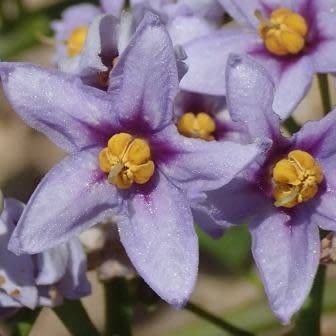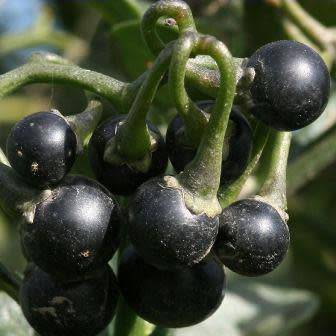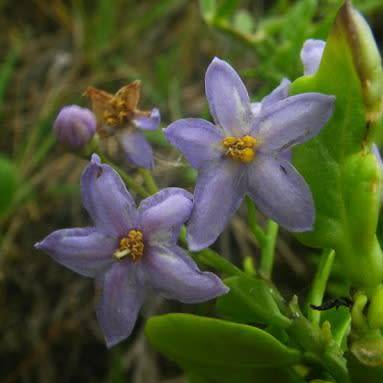





5 Solanum africanum Drunken Berry Seeds Indigenous South African Endemic Hardy Perennial Shrub Vine
Check my rate
| Main centres: | 1-3 business days |
| Regional areas: | 3-4 business days |
| Remote areas: | 3-5 business days |






| Main centres: | 1-3 business days |
| Regional areas: | 3-4 business days |
| Remote areas: | 3-5 business days |

Solanum africanum Seeds
Dune Nightshade, Drunken Berry, Drunken Rope; Dronkbessie, Dronktou

Solanum is a large and diverse genus of flowering plants, which include two food crops of the highest economic importance, the potato and the tomato. It also contains the nightshades and horsenettles, as well as numerous plants cultivated for their ornamental flowers and fruit. Solanum species show a wide range of growing habits, such as annual and perennials, vines, subshrubs, shrubs, and small trees. Many formerly independent genera like Lycopersicon (the tomatoes) and Cyphomandra are now included in Solanum as subgenera or sections. Thus, the genus today contains roughly 1,500-2,000 species. Solanum africanum, synonymously known as Solanum aggerum, Solanum crassifolium, Solanum exasperatum, Solanum geniculatum or Solanum quadrangulare and commonly known as Dune Nightshade, Drunken Berry or Drunken Rope in English and Dronkbessie or Dronktou in Afrikaans is South African endemic hardy creeper or shrub, with yellow-cantered, purple, mauve or white flowers in midsummer to spring. It can be successfully utilized to cover a trellis or large, sandy, open patches in your garden. This plant can be grouped with the perennial, herbaceous creepers. It acts also as a shrub when a supporting framework, like other plant growth, is available. It can grow up to 3 m tall in ideal conditions. The plant sends out shoots in all directions, which is easily observed when growing flat on the ground, without a support to keep it upright, and it is perhaps because of this growth habit, that it is at times referred to as the drunken rope or berry. The green leaves are simple, ovate to elliptic or sometimes lanceolate. The apex (tip of the leaf) is acute and the margin is often entire, however, this can be occasionally lobed. The flowers appear in hanging clusters of up to 30 flowers at the branch tips, from midsummer to spring (Jan. Oct.). They are purple, mauve or white, with yellow centres. The ± 15 mm diameter fruit takes the form of a globose berry, which shows a black colour when ripe.

